In the analog world, we capture patient records and then transfer the information to an articulator with mounted models. The goal is to simulate patient movement so that we can ensure that teeth do not hit and slide when a person is eating and talking. The gentle (or not so gentle) wear from hit and slides are the cause of many restorations.
As we were introduced to CAD software and began creating restorations in the digital world, we were able to take advantage of virtual articulators. Along with others, the Denar® Mark 300 series articulators are available in both 3Shape and ExoCad CAD software. In most cases, you are able to set condylar inclination and bennett angle on the digital articulator as you would the benchtop version. This gives us the opportunity to check contacts on digital models.
Excursive movements will show us where teeth touch based on how the upper and lower models are placed together. For those that are scanning models into the CAD software that have been mounted on an analog articulator, you will want to maintain that same CR or MIP position in the digital environment.
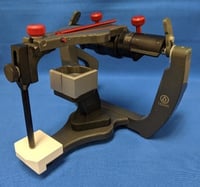
Two accessories are available that align the scanner so that scans of models will appear in the digital articulator in the same position as the analog articulator. These accessories are the 3Shape Articulator Calibration Object and the Mark 300 Calibration Stand. This one-time alignment process ensures proper placement of the digital models that are scanned into the software. When you check the calibration of the scanner, you then also confirm that this alignment is still accurate.
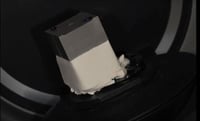
The more accurate that data in the CAD software, the more accurate the final results. Continue to take advantage of printed and milled restorations that create beautiful smiles and occlusal harmony with minimal to no adjustments.



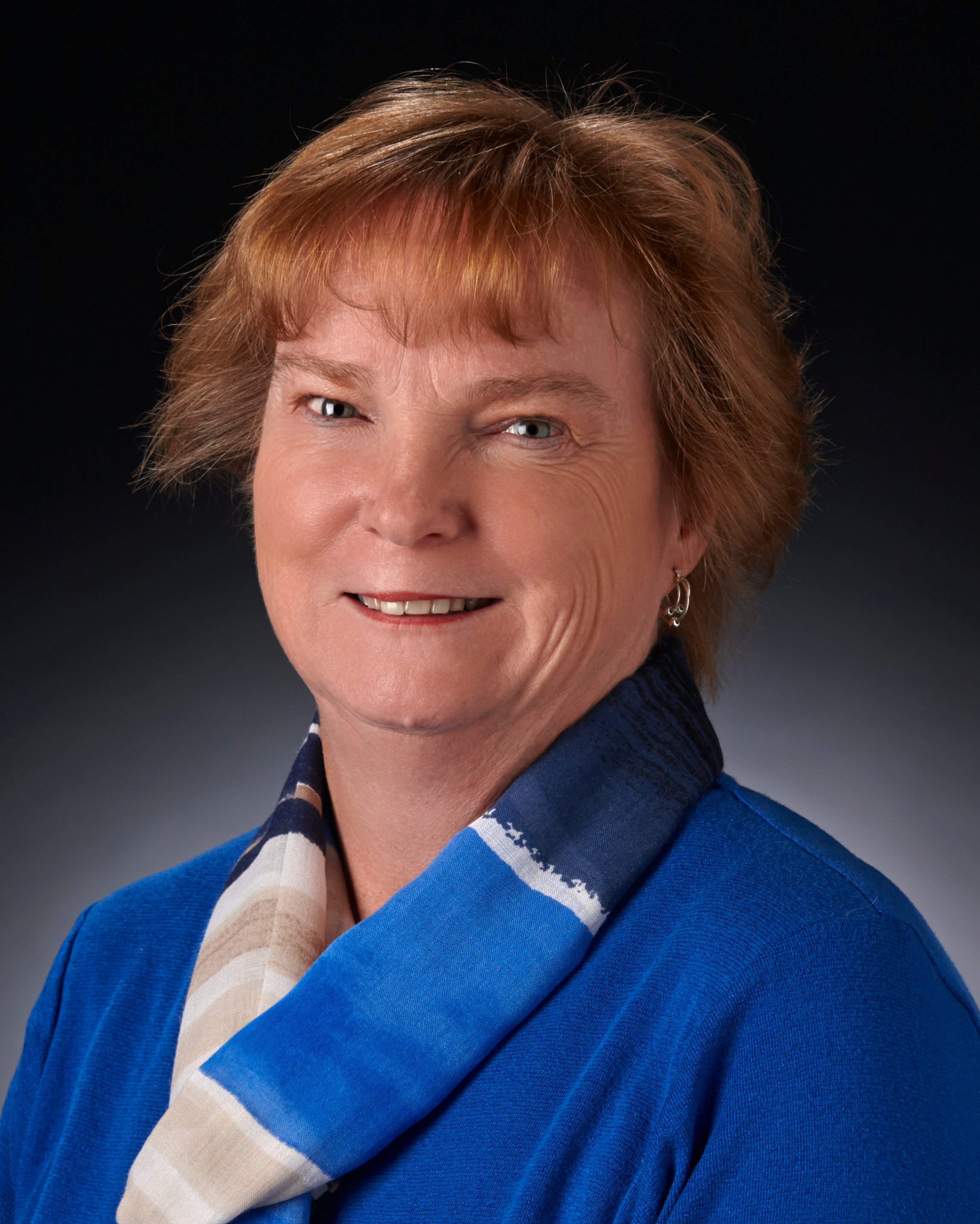



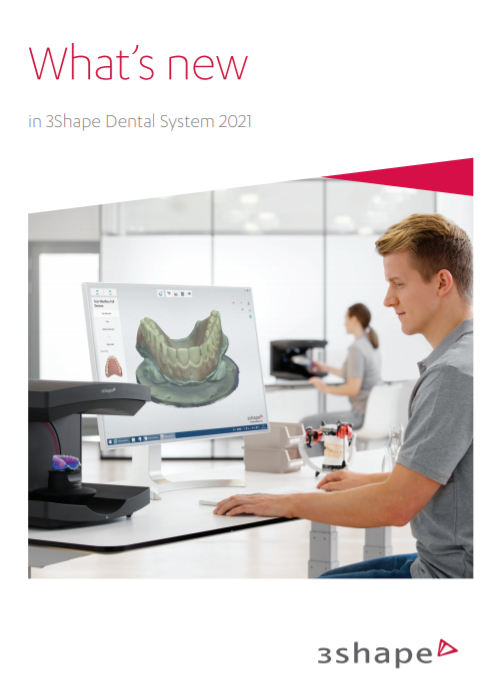
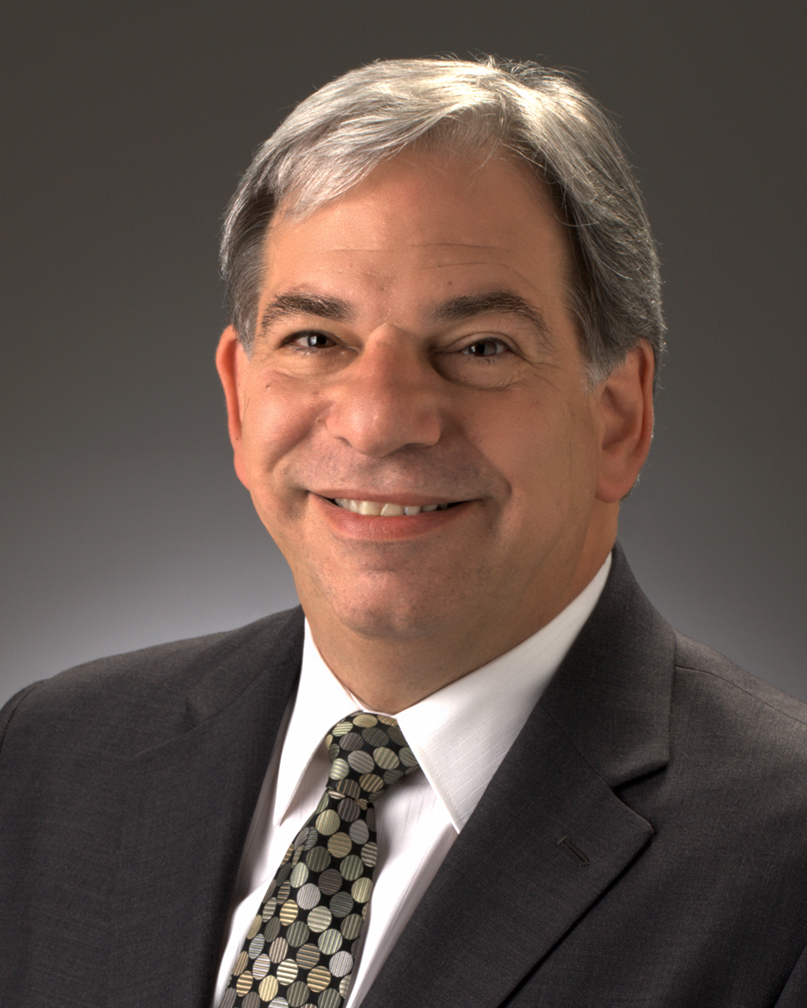
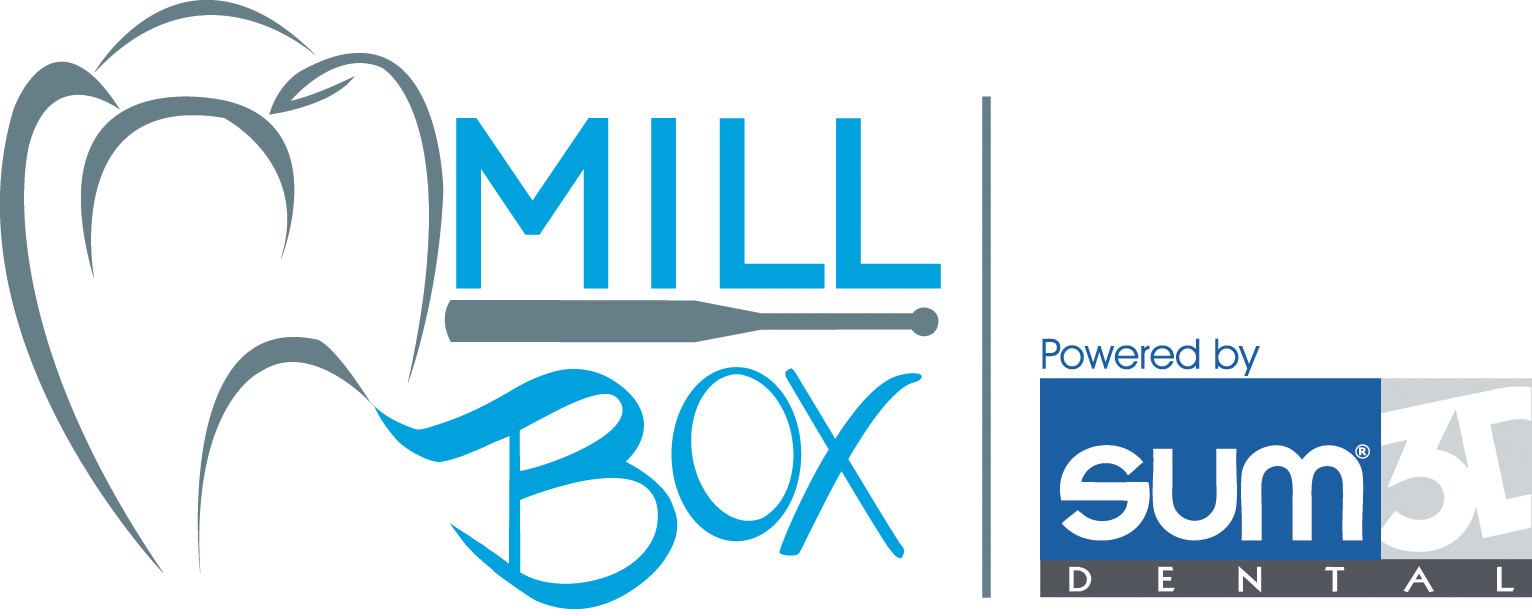
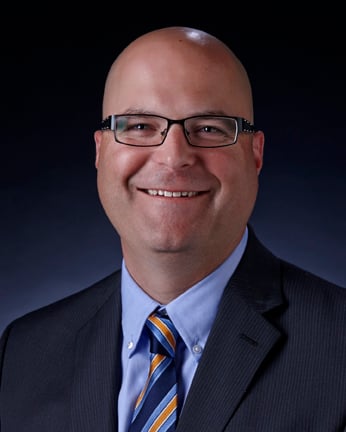
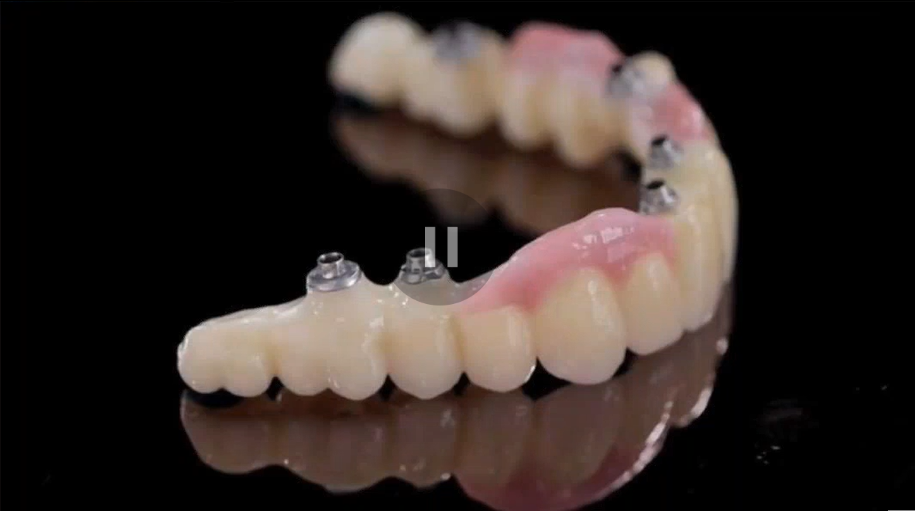
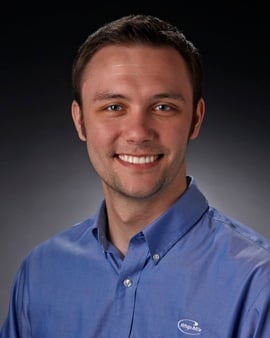
Leave a comment